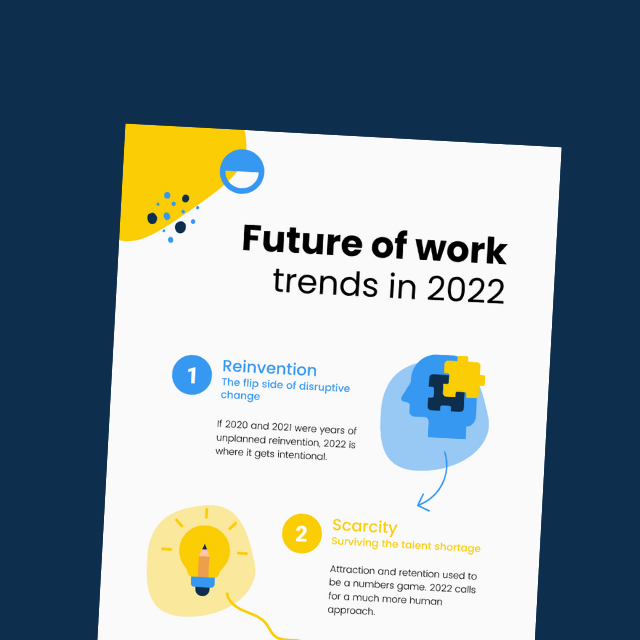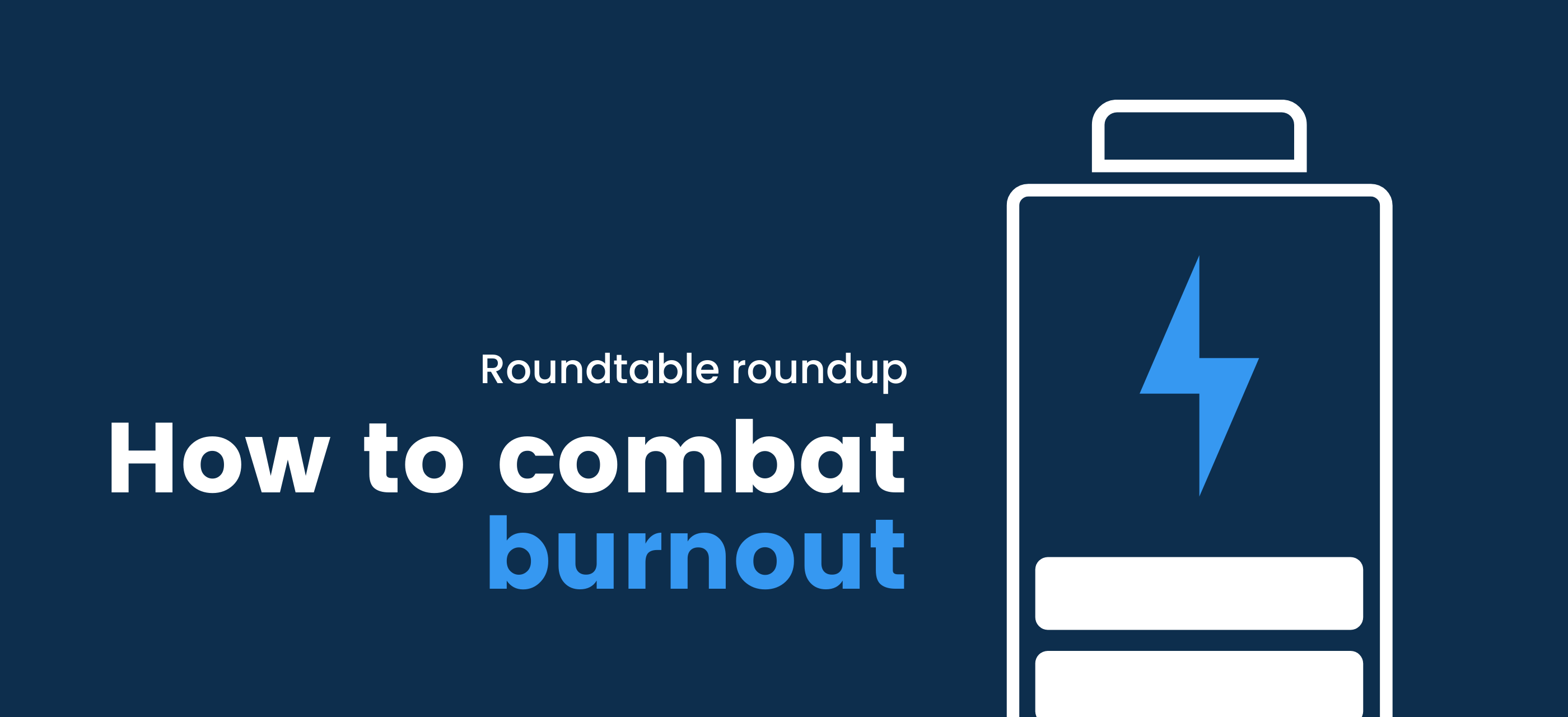People are individuals with different values, priorities, needs, and preferences.
Kirra loves Vegemite, working non-traditional hours, and values the social aspects of her role. Matthew thinks people who eat Vegemite are heretics, wants to work from home as much as possible, and is looking for a role that offers clear career development opportunities.
Employees today are looking for a customised and intuitive work experience, something talent hyper-personalisation can deliver.
What is talent hyper-personalisation?
Talent hyper-personalisation, also known as micro-personalisation, is an approach to People & Culture or HR management that involves personalising a role according to an individual candidate or employee’s values and preferences.
This personalisation may include benefits, compensation, career development, work location, recognition, the devices they use, overall operations and more.
Talent hyper-personalisation sits at the intersection of the employee experience and employer branding (which encompasses a company’s EVP, or employee value proposition). Both of which have been noted as critical to the HR function in the last few years — particularly for talent attraction and retention.
In essence, it’s giving employees a choice over the things that matter to them.
Tip: Download our EVP wheel to find out what combination you can offer to stay ahead in the competitive talent market!
From advertising to HR (and back to Vegemite)
Digital marketers know that showing Matthew a targeted advertisement for Vegemite is a waste of time and resources, whereas Kirra might engage with the ad or even share Vegemite’s latest ‘tastes like Australia’ post with her Vegemite-hating friends.
In a similar vein, Kirra won’t apply for a role that mandates 9-5 working hours while Matthew won’t be interested in a role that doesn’t offer training opportunities. But if there was a role where candidates could set their flex work arrangements and choose between, let’s say a higher salary or free training, both will be tempted to apply.
While advertising jobs with open structures and options might be the most obvious way to use hyper-personalisation to an organisation’s advantage, it doesn’t stop there.
Hyper-personalisation in practice
Getting hyper-personal might seem like a lot of hard work, or potentially disruptive, but it doesn’t have to be.
It’s about maintaining a big-picture understanding of the talent landscape based on current data, stuff like:
- 92% of Australian employees want flexible work arrangements post-Covid
- Millennials, more than other generations, prioritise net leisure time over net worth
- The creation of part-time roles can address gender disparities and tap into an under-utilised talent pool
- 57% of employees who quit during the (still-ongoing) Great Resignation said they did so because they felt ‘disrespected at work’
Then it’s about generating and collating workplace data that allows you to understand your own workforce better.
Equipped with this, you can come down to the individual level and create a holistic work experience by tailoring roles to match preferences. Here are a few ideas that can help you do just that:
Customising work
There is a wealth of research that shows allowing people to customise their roles in terms of where they work, how they work, and even what they like to work on can bolster productivity and cut attrition.
The oft-cited organisational psychologists Amy Wrzesniewski and Jane Dutton call this job crafting, while the Beamible team call it role design. Whatever your preferred term, enabling employees to play an active part in the architecture of their own work is a highly effective way to boost employee satisfaction, attract new talent, and retain the talent you already have.
Research from the McKinsey Institute suggests that mitigating the effects of the Great Resignation is largely a matter of understanding what employees value differently in the post-Covid world and tapping into these wants and needs — role customisation is one of the best ways to do this.
Provide flex options beyond hybrid
Providing hybrid work options is a good start, and it’s something employees are demanding and organisations are quickly scrambling to provide. But it’s just one element of a truly flexible work environment.
Being able to work fewer hours, for example, is another option that’s proving beneficial to both companies and employees. Research from the US shows that companies may be wasting up to 100 billion a year paying for idle time. Conversely, when people work shorter work weeks, they focus and are more productive, as Microsoft’s four-day workweek trial in Japan conclusively showed.
Other options include non-traditional, flexible hours, such as starting at 9 am and finishing at 3 pm in time for the school run, which enables parents who would be otherwise constrained by childcare demands to take roles that haven’t traditionally been open to them.
Provide ongoing training opportunities
For many employees today, the opportunity to learn more is of key importance. According to data from the Association for Talent Development, employees who have access to comprehensive training programmes have a 218% higher income per employee, which shows a clear financial reward for companies that invest in upskilling their employees.
Talent want jobs that can help them strengthen their careers, which for businesses involves providing recognition for a job well done alongside ongoing career development opportunities. Hyper-personalisation here involves using data to know in which areas employees excel and helping them focus on those areas. It involves promoting from within or creating additional levels within the organisation to allow staff to do their best work and progress in their career.
Hyper-personalisation is here to stay
The face of work has changed dramatically and there’s no turning back. Events such as the Great Resignation aren’t born in a vacuum, they are a response to an outdated system that dates back to the Industrial Revolution.
As we stand on the precipice of a new era, one in which the individual is allowed to shine by working in a way that works for them (with a focus on output and goals instead of time spent in an office chair) talent hyper-personalisation offers a way forward. It can also help companies ride out the current storm and retain their top talent despite the tumultuous weather.
We designed the Beamible platform for several reasons: to allow organisations to get the kind of data they need, to help companies embrace flex work models, and to enable the shift towards a bottom-up approach to role design.
We’re firm believers in flex, and by extension, talent hyper-personalisation, which has the potential to engage and empower employees, which in turn offers myriad organisational benefits.
Ready to be part of the change? Chat to the Beamible team today to find out how our platform can help your organisation.





